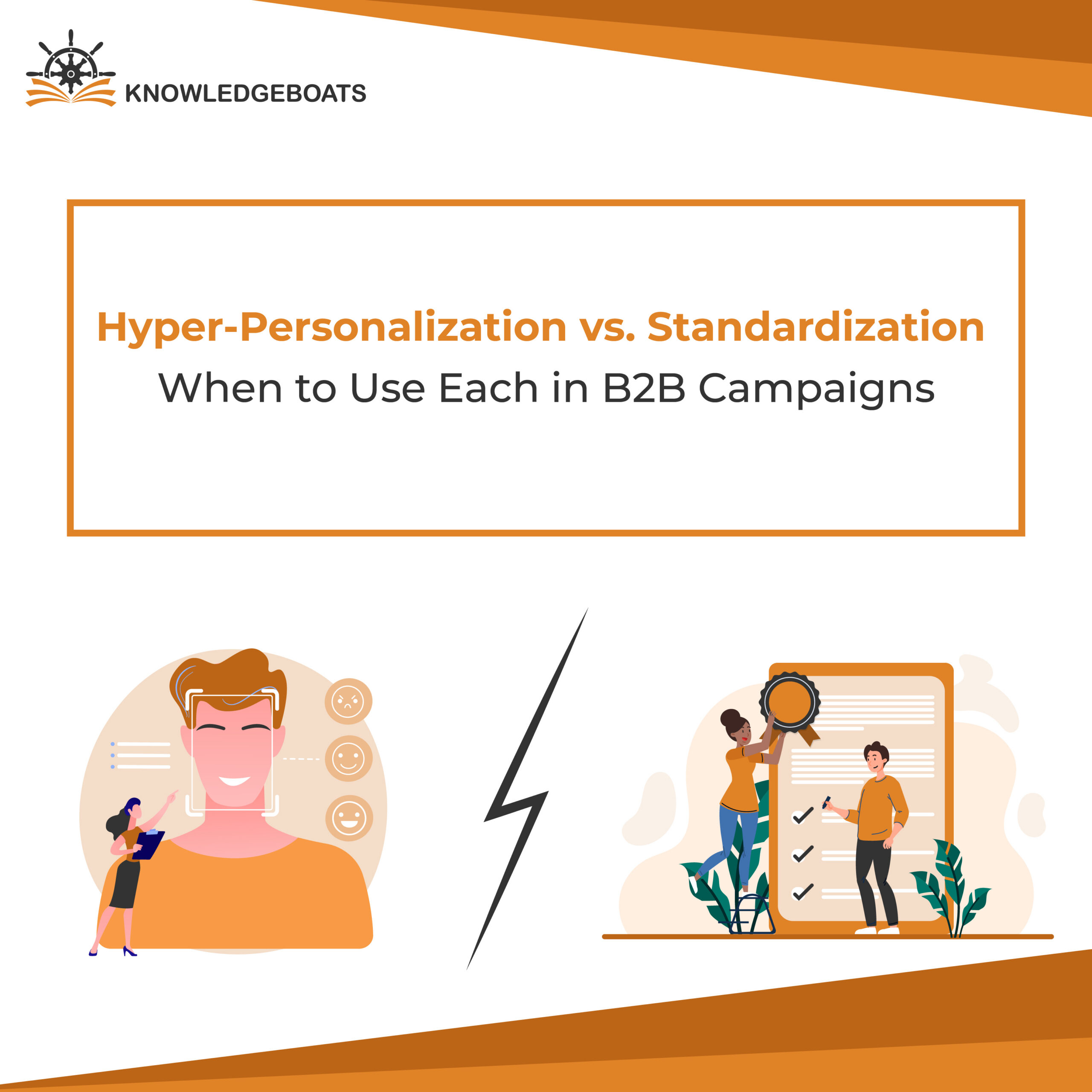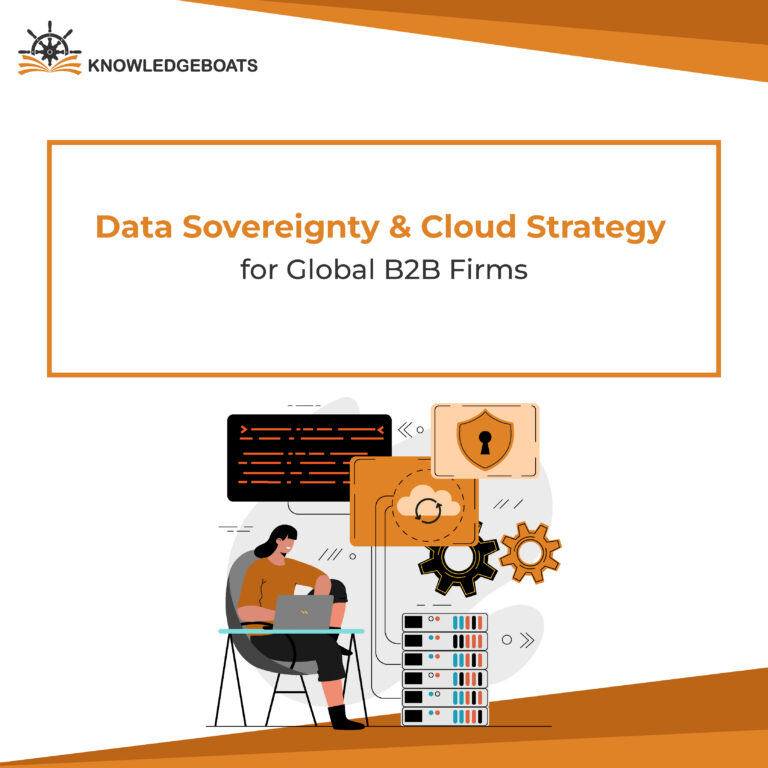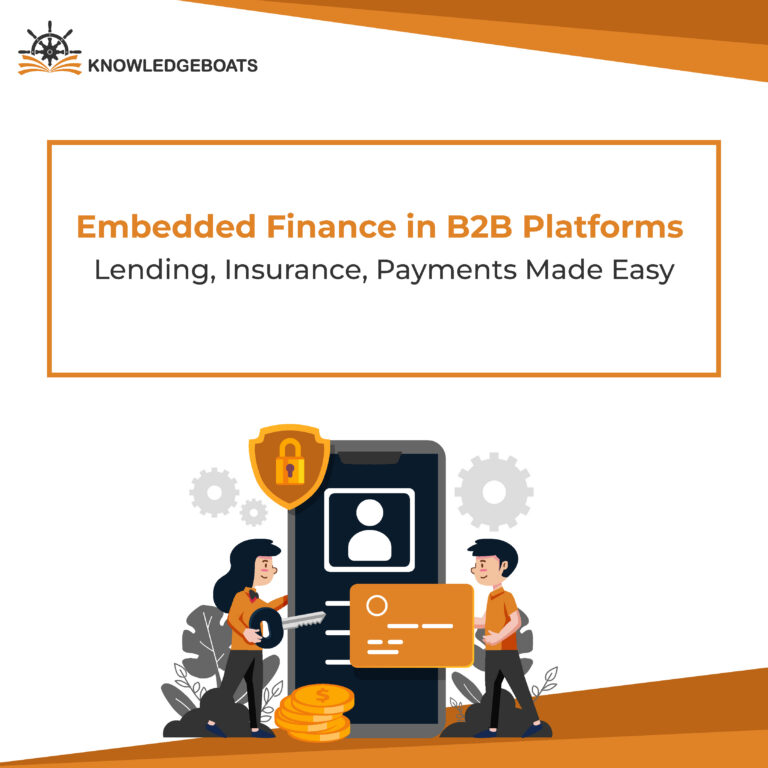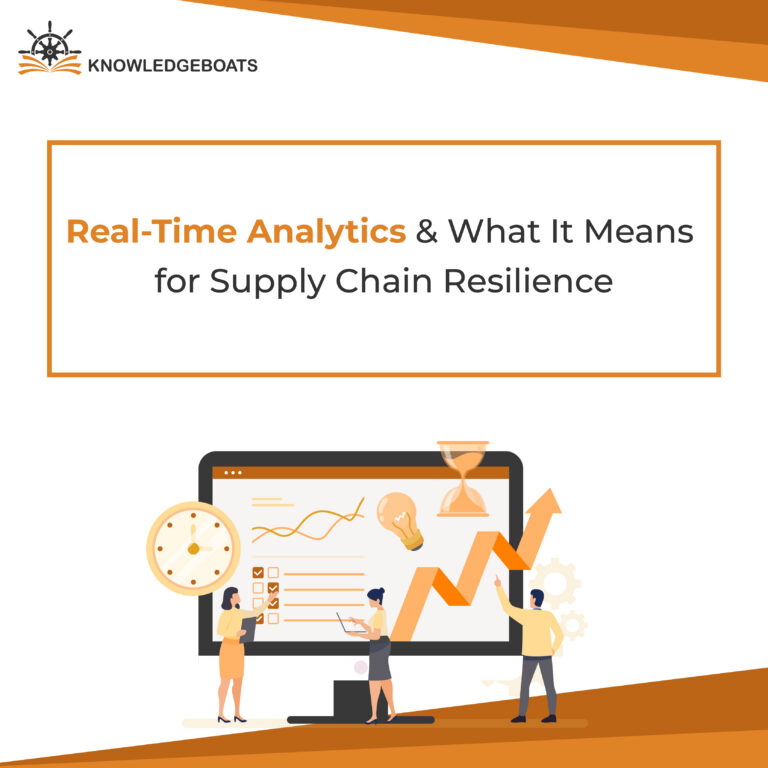
As a B2B marketer, you probably feel like you’re being pulled in two directions at once.
On one shoulder, you have a voice whispering, “Personalize everything! Treat every prospect like a unique snowflake! Send them a singing telegram with a custom-written song about their Q3 earnings!”
And on the other shoulder, a pragmatist is shouting, “We have a target to hit! We need to scale! We don’t have time to research the LinkedIn profile of every single person on our 10,000-person email list!”
This classic struggle, B2B standardization vs. hyper-personalization, can feel like a defining battle for the soul of your marketing department. We’re told one-size-fits-all is dead, but creating a one-of-a-kind experience for every single lead is a one-way ticket to burnout.
Here’s the good news: it’s not an either/or fight. The smartest marketers I know aren’t picking a side. They’re more like skilled chefs who know exactly when to offer a single, Michelin-star plate and when to execute a dish that will delight a thousand guests. This is the art of knowing when to use hyper-personalization vs. standardization in B2B marketing.
Let’s dive into when to be the craftsman and when to lean into the power of the high-quality assembly line.
But first,
Let’s clear up the jargon in the great customization vs. standardization in B2B debate.
Hyper-Personalization is the Heart of B2B Approach
The heart of effective hyper-personalization in B2B campaigns, It’s so much more than just the first name customization on a cup. It’s like walking into a coffee shop and the barista already has your weirdly specific oat milk latte ready. It’s using real data, like what someone’s been clicking on, what their company is struggling with, or a recent job change, to craft a message that feels like it was written just for them.
This is where things get really cool with today’s tech. True data-driven hyper-personalization for B2B often relies on powerful tools. Modern AI-driven hyper-personalization for B2B can analyze signals and enable the kind of real-time personalization in B2B marketing that was impossible just a few years ago.
What it looks like in B2B: You’re targeting a VP of Finance. Instead of a generic “We solve financial problems!” email, you sent a note that says, “Saw your company is expanding into three new states. That must be an inventory management nightmare. Here’s a 2-minute video showing how we helped [Their Competitor Company] handle that exact challenge.” It’s specific, timely, and shows you did your homework.
Standardization is the “Strong, Consistent Brand” Approach
Standardization gets a bad rap. But good standardization is about the efficiency of standardized B2B messaging. It’s the engine room of your marketing. It’s the reason people recognize your brand, trust your content, and know what to expect from you.
What it looks like in B2B: Your monthly newsletter. It’s packed with fantastic industry insights valuable to your entire audience. It’s not personalized to each reader’s immediate project, but it consistently delivers value, reinforcing your position as an expert in the field. It’s reliable, efficient, and builds your brand with every send.
The Case for Hyper-Personalization
Personalization takes resources. You can’t do it for everyone. So, save that white-glove treatment for the moments that really, truly matter. This is where you see the real benefits of hyper-personalization vs. standardization.
1. Your “White Whale” Accounts (ABM)
For your dream clients, a standardized approach is a wasted opportunity. You need to show them they are your top priority. This is the core principle of any campaign focused on AI-powered hyper-personalization vs. standardized campaigns for B2B.
Go for it when: You’re targeting your Tier 1 accounts. Think custom landing pages, ad campaigns that speak to their company’s latest press release, and outreach that feels like a strategy session, not a sales pitch.
2. When the Deal is Big and Complicated
The bigger the price tag, the more people you have to convince. A single, generic message will fail. This is how hyper-personalization increases engagement and ROI in B2B; it speaks the language of each individual stakeholder.
Go for it when: You’re deep in the sales cycle for a major enterprise deal. Your follow-up emails, proposals, and demos should be tweaked to address the specific anxieties and goals of each person in that buying committee.
3. When a Great Lead Goes Dark
A generic “just checking in” email is easy to ignore. A thoughtful, hyper-personalized nudge that demonstrates you’re still thinking about their specific problem can reignite the conversation and showcase the real-time hyper-personalization benefits in B2B campaigns.
Go for it when: A high-potential deal has stalled. See, they hired a new CMO? Send a congratulatory note and an article about how your tool helps new leaders make a quick impact.
The Unsung Hero: When Consistency is King
Don’t neglect the power of standardization. It’s the bedrock of your marketing strategy, allowing you to build trust and authority at scale.
1. Casting a Wide, Smart Net (Top of Funnel)
When your goal is to introduce your brand to the world, you need to reach a lot of people. The efficiency of standardized B2B messaging allows you to create a library of valuable resources that attracts the right kind of audience.
Lean on it for: Your blog posts, general webinars, industry reports, and social media.
2. Keeping Everyone on the Same Page
Sometimes, you just need to get a clear message out to everyone. Announcing a cool new feature or updating your privacy policy requires clarity and consistency, not individual tailoring.
Lean on it for: Product updates, company-wide announcements, and any communication where a single, unified message is paramount.
The Real-World Answer: A Little Bit of Both
The best marketing doesn’t live at the extremes. It lives in the savvy middle ground. The key is balancing customization and standardization in your B2B marketing strategy. This often means using segmentation to personalize at scale.
Here are some examples of AI-driven hyper-personalization vs. standard B2B approaches in a hybrid model:
Imagine you’re hosting a webinar.
- The standardized part: The webinar content itself is the same for everyone.
- The segmented part: You create three different email invites. The one for VPs talks about strategy and ROI. The one for managers talks about team efficiency.
- The hyper-personalized part: Your top sales rep sees a CEO from a dream account registered. Using a system that provides a real-time alert, they personally send a follow-up email offering a one-on-one briefing. That’s the difference between hyper-personalization using AI vs. traditional personalization: speed and relevance.
A Quick Word on Data and Privacy
It’s impossible to discuss this topic without mentioning a critical factor: the data privacy considerations in hyper-personalized B2B campaigns. Using data to be relevant is smart; using it to be creepy is a brand killer. Always be transparent about the data you collect and use it to genuinely add value, not just to show you can.
The Final Takeaway
The debate over hyper-personalization vs. standardization in B2B is a false choice. One is your megaphone, and the other is your direct, heartfelt conversation. You need both to build a brand that is both widely respected and deeply felt. The trick is simply knowing when to pick up which one.


